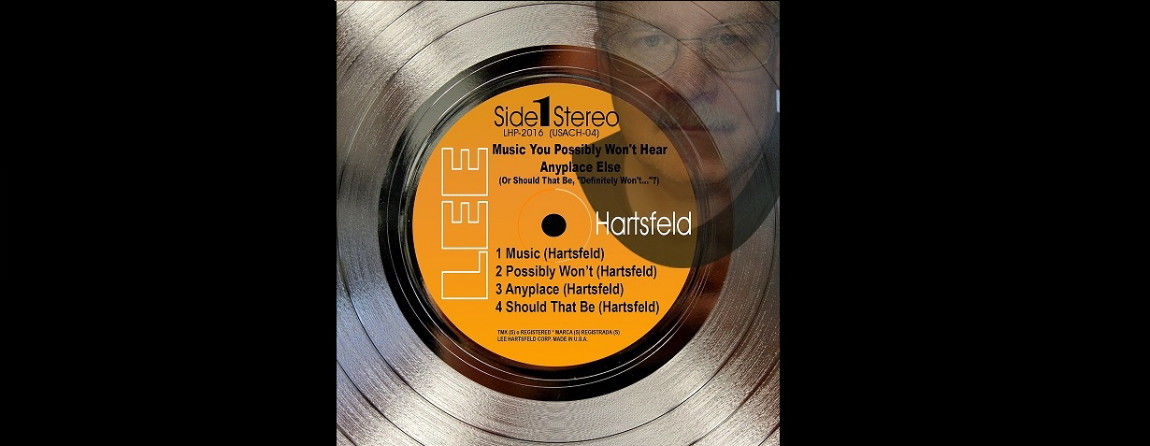And here it is--biggest hits of '59 vol. 2, in living stereo! Sorry for the delay, but I spent the past six days struggling with a mild but persistent bug (I suspect light stomach flu) that had me a bit too queasy to sit long at the PC. I took a Covid test yesterday (just to be sure), and it was negative. As I expected.
Now that I'm almost well, here is/are the utterly fictitious "RCA Camden Rockers" presenting ten (!) entire sound-alikes which also appeared on the Prom label, except these are in stereo. Well, except (ironically) for the opening track, which for some reason features only one channel. Kind of a novel way to start out a "Living Stereo" LP--in mono!
By the way, this is yet another thrift gift from Diane, so... thanks, Diane!
Anyway, all of these were co-released on Prom. But here's the horrifying part--these recordings also appeared on Eli Oberstein's bottom-of-the-barrel Ultraphonic (Record Distributors of New Jersey) label! I do not kid. In short, tracks which passed the nonexistent quality test for Eli's labels were deemed good enough for RCA Camden. My brain is still reeling from this discovery (unless it's my virus at work). Ultraphonic, Prom, and RCA Camden!! I did direct comparison-listens to Mack the Knife, Red River Rock, and the especially awful Put Your Head on My Shoulder, and... perfect Ultraphonic matches. Apparently, come the late 1950s, budget labels were sharing their sound-alikes as never before. Think of it as a budget-label conspiracy.
Did I say awful? Well, Shoulder definitely qualifies in that department (it makes the young Paul Anka sound like Vic Damone), though the rest are reasonably competent--and, most importantly, the stereo sound (save for Bells) and the decent RCA Camden vinyl quality has these cuts sounding far better than they play on the junk SPC and Eli Oberstein pressings. It's amazing how much a performance can benefit from a decent presentation.
I'm not sure I care much for the cover art--it looks like a bunch of people holding a sqaure dance in a phone booth. And there's at least one spot in the composition that makes no sense at all.
Look at the couple on the left--someone seems to be sporting a double face. Then, there's the guy and gal to their right--is the guy wearing a mask, or...? Of course, I expect the ultimate in jacket illustration when it comes to the RCA Camden Rockers. Anyway, rock on!
LINK: biggest hits of '59 vol. 2--RCA Camden Rockers (RCA Camden CAS 552; 1959)
The Three Bells
I'm Gonna Get Married
Sleepwalk
I Ain't Never
Put Your Head on My Shoulder
Mack the Knife
('Til) I Kissed You
Primrose Lane
Red River Rock
Just Ask Your Heart
Lee

















